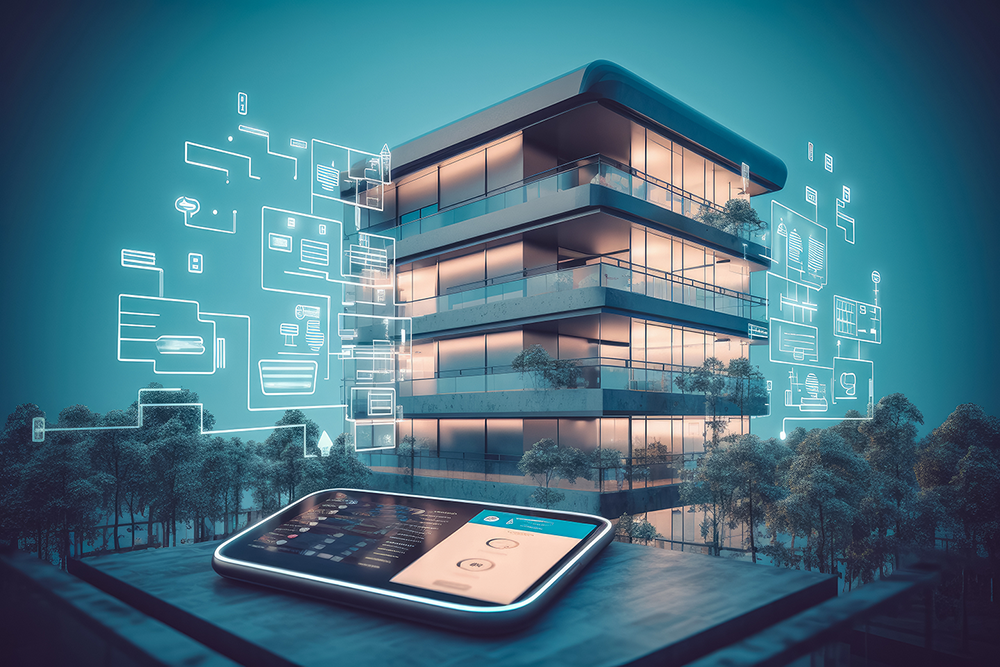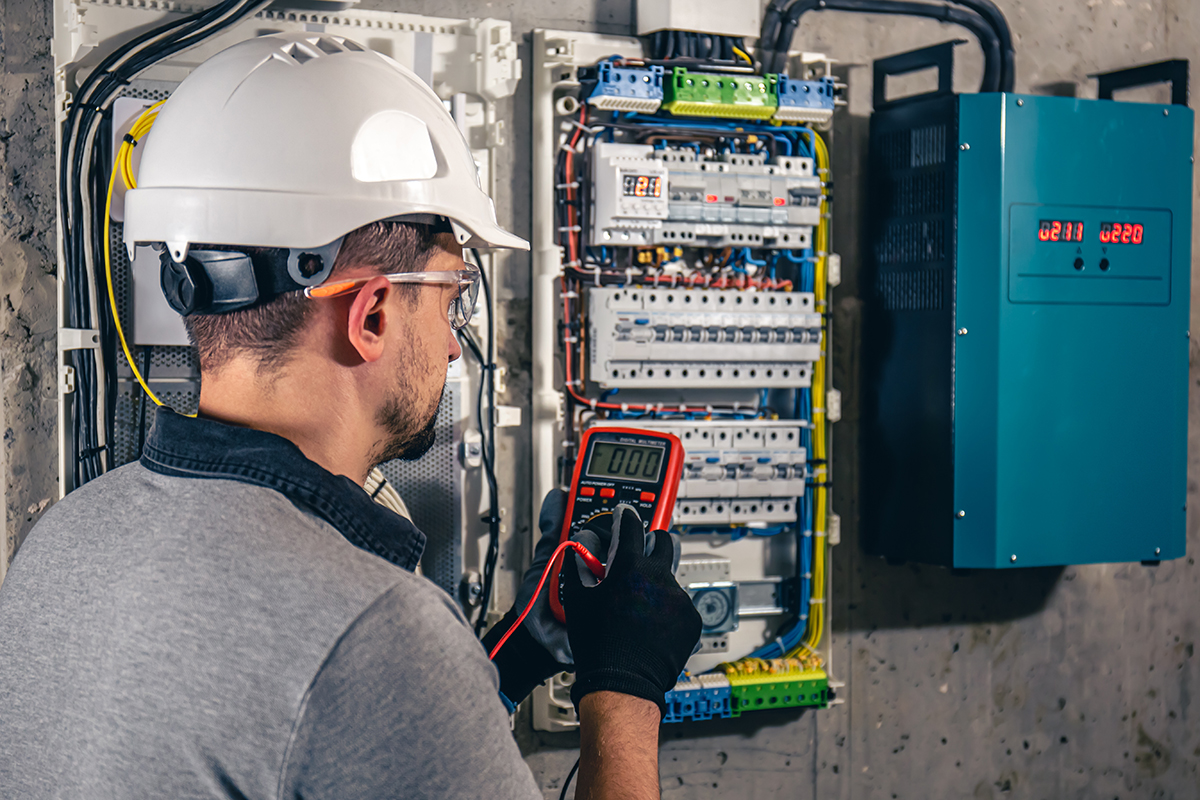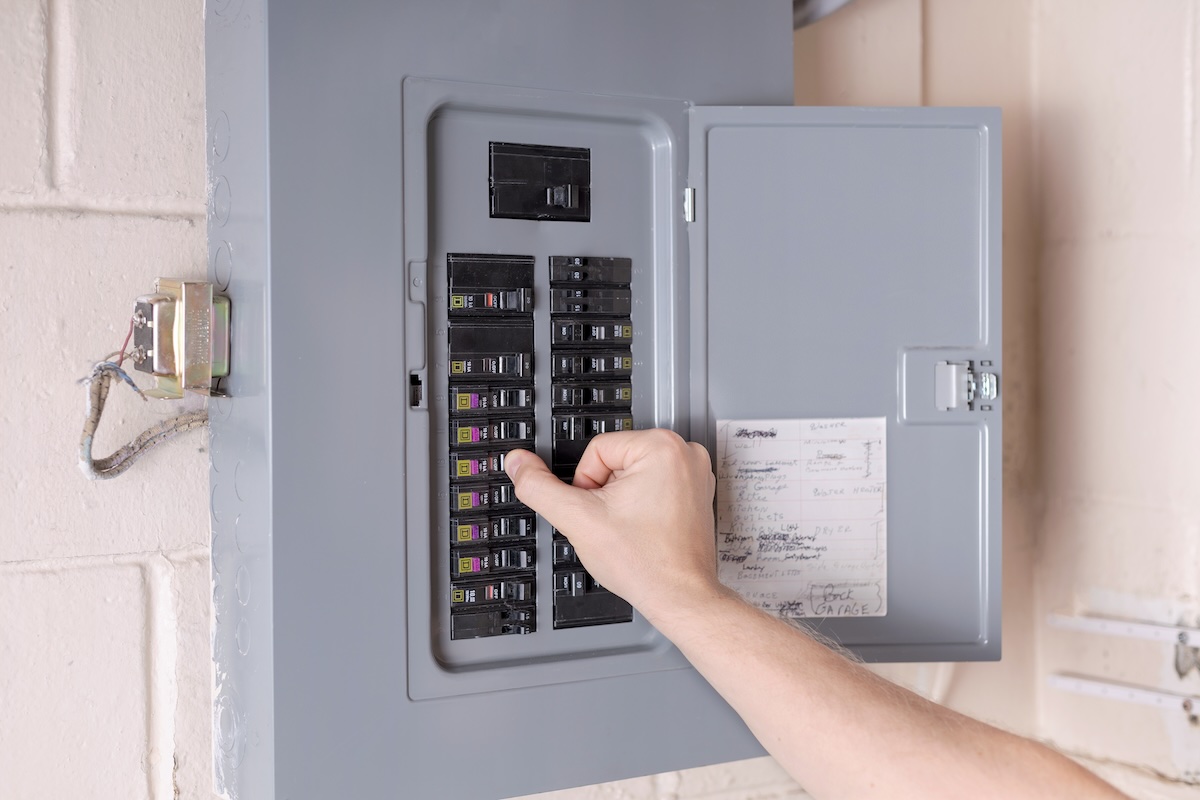Building Automation Systems (BAS) have emerged as pivotal elements in modern buildings in the evolving landscape of urban architecture. These sophisticated networks, interconnected devices, and control systems are designed to manage and automate various building operations. BAS enhances building efficiency, occupant comfort, and environmental sustainability by regulating heating, ventilation, and air conditioning (HVAC) to overseeing lighting and security systems. By integrating advanced technologies, BAS streamlines building management and pave the way for smarter, more adaptive urban environments.
Core Technologies in BAS
At the heart of Building Automation Systems (BAS) are several key technologies that enable their functionality and efficiency.
- Sensors constantly gather temperature, humidity, light levels, and occupancy data, which inform the system’s decisions.
- IoT (Internet of Things) devices extend this capability by allowing various building components, such as HVAC systems, lights, and security cameras, to communicate and operate in a cohesive network.
- Control systems are the central command units that analyze the data collected by sensors and IoT devices, making real-time adjustments to optimize building performance.
These technologies collectively create an intelligent ecosystem that adapts to changing conditions and user requirements, ensuring optimal operation of the building’s various systems.

Role of IoT and Connectivity
The Internet of Things (IoT) and advanced connectivity solutions are fundamental to the efficacy of Building Automation Systems. By integrating IoT devices, BAS gain the ability to monitor and control building functions remotely. This interconnectedness allows for seamless communication between different systems, enabling real-time data exchange and decision-making.
With robust connectivity, building managers can oversee and adjust various parameters from anywhere, enhancing operational flexibility. This connectivity also supports predictive maintenance, where the system can anticipate and address potential issues before they escalate, thereby reducing downtime and maintenance costs.
Artificial Intelligence and Machine Learning
Artificial Intelligence (AI) and Machine Learning (ML) greatly enhance Building Automation Systems by introducing advanced capabilities for automation and optimization.
AI algorithms can analyze vast amounts of data from various building systems, learning patterns and optimizing operations for energy efficiency. For instance, AI can adjust HVAC operations based on weather forecasts and occupancy patterns, significantly reducing energy consumption.
ML enables predictive maintenance, where the system can predict and prevent equipment failures before they occur, ensuring uninterrupted building operations and extending the lifespan of machinery.
These technologies are revolutionizing BAS, making buildings automated and intelligently responsive to their environment.

Integration and Interoperability
Integration and interoperability are key features of Building Automation Systems, allowing various HVAC, lighting, and security subsystems to operate in harmony. This seamless integration ensures that adjustments in one system can influence and optimize the functioning of others.
For instance, when occupancy sensors detect a vacant room, the system can automatically dim lights and reduce HVAC output, conserving energy. Similarly, security systems can interface with lighting and access controls, enhancing safety measures. This interconnectedness maximizes efficiency and provides a cohesive user experience where all building operations are managed through a unified platform.

Advanced BAS Technology in Houston
In a city like Houston, where dynamic growth and innovation are the norms, the advanced technologies in Building Automation Systems offer significant benefits for businesses. Integrating IoT, AI, and seamless system interoperability within BAS can profoundly impact energy management and operational efficiency, which are key in Houston’s fast-paced commercial landscape.
For Houston businesses, embracing these technologies means not just cost savings and sustainability but also staying ahead in a competitive market. By adopting these intelligent systems, Houston’s buildings can become more than just structures; they transform into adaptive, efficient environments, reflecting the city’s spirit of progress and resilience.






